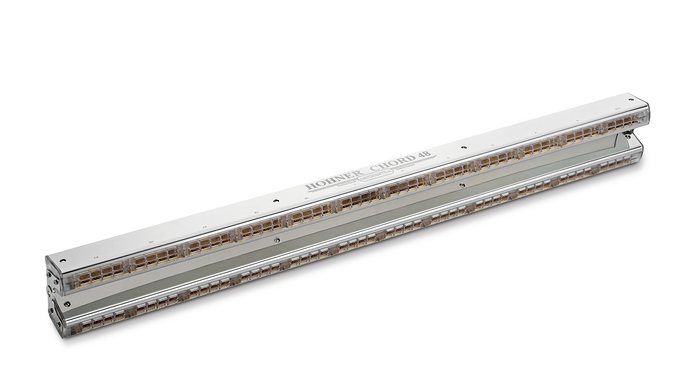Harmonica Terminology: Introduction
The harmonica is unique among musical instruments in that the techniques used to play it are executed inside the body of the player and aren’t visible from the outside. Harmonica players use a range of terms to describe what they do when playing, but their meaning isn’t always self-evident and they can be confusing for beginning players.
This post is the first in a series which will explain the most commonly used terminology. It’s primarily directed at diatonic harmonica players who want to play pop, blues, rock, folk or jazz, using 10-hole instruments such as the Hohner Blues Harp, the Marine Band series, Special 20 or Rocket. Harmonicas of this type are often generally referred to as “Blues Harps” or just “Harps” and are the most widely used harmonica instruments.
These 10-hole diatonics contain only the natural notes of the major scale in the key to which they are tuned. They appear simple to the uninitiated, but can actually be the most complex and demanding type of harmonica to play. This is because their construction permits many notes to be modulated in pitch through the techniques known as bending and overbending, which I shall deal with in a later post.
In addition to diatonics, there are two other main categories of harmonica:
Chromatic Harmonicas
Distinguishable by the slide button on the side, these are generally larger than diatonics. As the name suggests, they offer a full chromatic scale and are mainly used for single note playing in jazz, classical music, pop and folk. They are also sometimes heard in blues and related styles.
Tremolo and Octave Tuned Harmonicas
These are also generally larger than diatonics and have two rows of holes, one above the other, so that notes always sound in pairs. Like diatonics, they are tuned to a single major scale, but unlike diatonic models, they do not permit note bending and are mainly used in traditional folk music. With tremolo instruments, the notes of each pair are tuned slightly apart, so that they create interference beats when played together, giving a pulsating tremolo effect. With octave tuned harmonicas, the notes of each pair are tuned exactly one octave apart, giving a fuller sound.
To be continued…
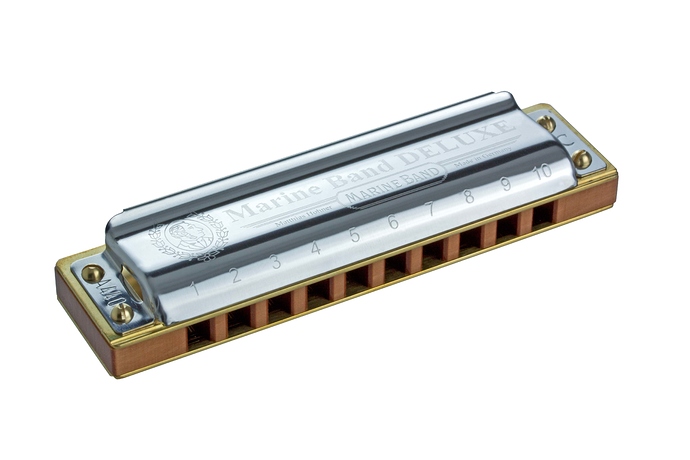
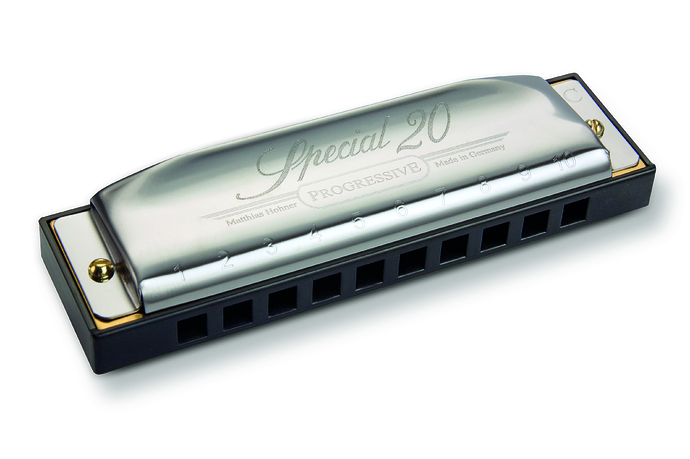
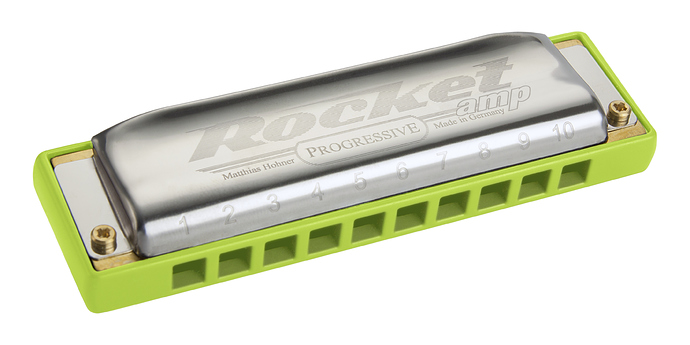
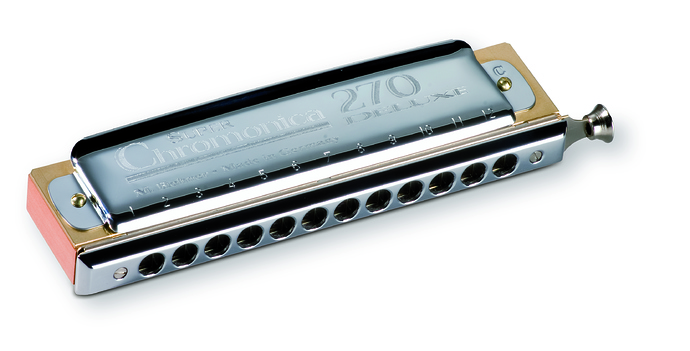
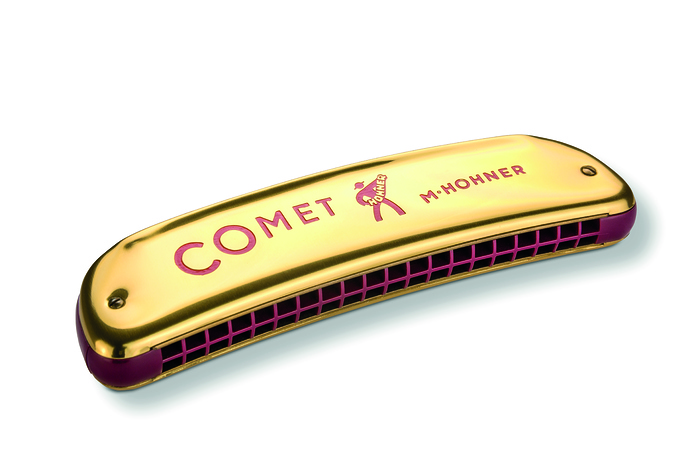
 Looking forward to the coming posts!
Looking forward to the coming posts!